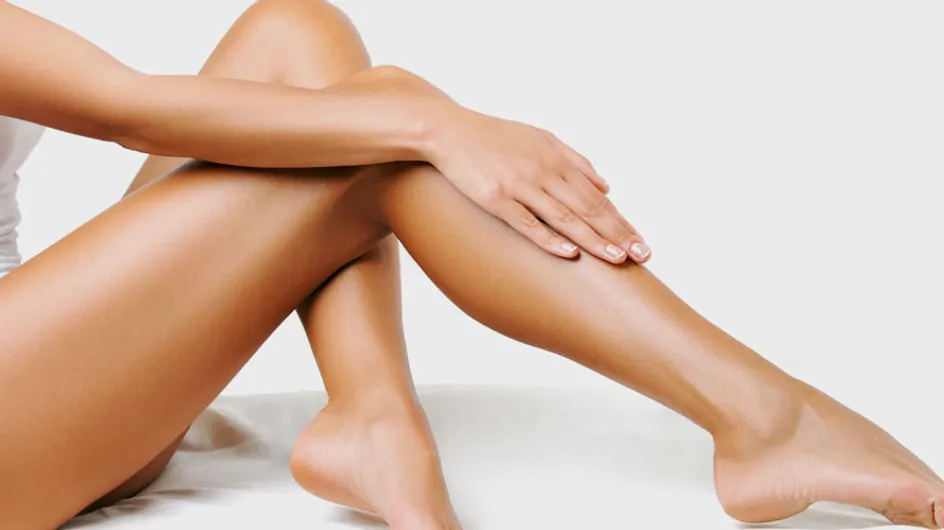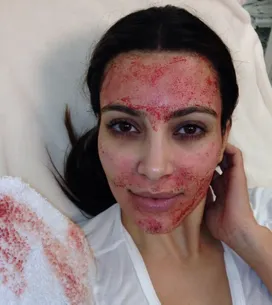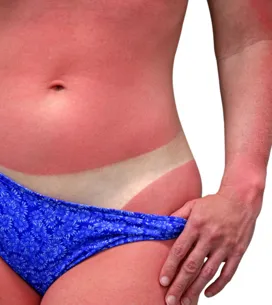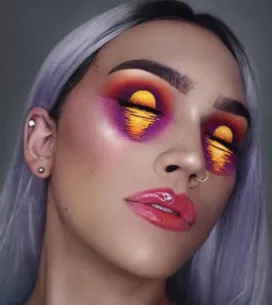How it works
This technique is similar to laser epilation, the difference being that it doesn’t use laser rays but intense light given out by a flash lamp.
By channelling this intense light, melanin, the pigment that colours hair, experiences a large increase in temperature. It transmits this heat to the hair follicle, liquefying it.
It can be compared to laser epilation because it works the same way, destroying melanin, the pigment of the hair. It's particularly effective on dark hairs that are rich in melanin.
What it involves
Before you think about undergoing IPL treatment, consult your doctor. It should be carried out by a trained practiitioner who is used to carrying out the procedure. Your skin should not be tanned when you have it done and should be shaved around 3 days beforehand.
The area to be treated will be covered with an anaesthetising cream, and you should wear protective glasses, like the practitioner, during the whole epilation session.
You will need to have several sessions several weeks apart to obtain the required result on the treated area.
Advantages
- It’s an effective method, like laser epilation. After treatment, obstinate hairs become finer, rarer, and take longer to grow back. It’s a long-lasting treatment.
- It’s practically painless: you’ll feel a little prickling or light burning sensation at most.
Disadvantages
- Depending on the area treated, you will have to have 5-10 sessions. Be prepared for 4 sessions for the eyebrows and 8 for the legs.
- The price depends on the area: from £25 for eyebrows up to £300 for full legs.
What you need to know
- You need to have hairs that are darker than your skin (this is true of most people).
- This method should be used with caution on pigmented skin because this kind of skin contains high levels of melanin.
- Epilation with a flash lamp is not advised for children or pregnant women, people whose skin is sensitive to ultraviolet light or people taking photosensitive medication.
- Avoid exposing the treated area to the sun for at least two weeks after the treatment in order to avoid changes to the skin’s colour. It's best to plan IPL sessions during the winter.














